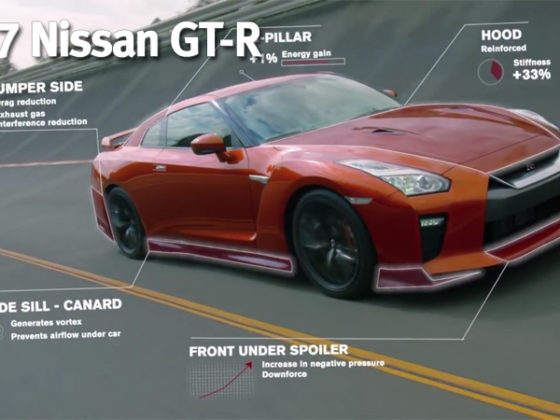,

Turbosmart’s e-Boost 2 boost controller is employed to manage and maintain the 40psi of boost pressure, and a Fore Innovations regulator keeps the go-juice flowing through the eight (yes, 8!) 1300cc Injector Dynamics fuel injectors. This package is good for a whopping 900 horsepower.

Why the huge oil catch can? JMS wanted to ensure that they could let go of as much crankcase pressure as possible while running so long under constant high boost.

Yet another system related to boost control and management, a 7-bar Pro EFI sensor is used to measure back pressure on the exhaust crossover. This measurement is used to determine the pressure ratio, which helps JMS determine how efficiently the turbo is operating and to help decide on boost levels.

When you have a sophisticated engine management system like a MoTeC M150, those types of measurements are possible. DIY Autotune is also in the mile- and land-speed racing game, and their IGN-1A coils are put to good use, driven by the MoTeC.

A turbo is a muffling device, right? Either way, exhaust gases have a relatively short trip to exit through the front bumper, whether they are leaving via the turbine or the wastegate.

Land-speed and mile-racing events may not last very long, but that doesn’t mean that managing heat capacity isn’t important. A Koyo radiator helps JMS keep temperatures in check during the approximately 20 second runs.



